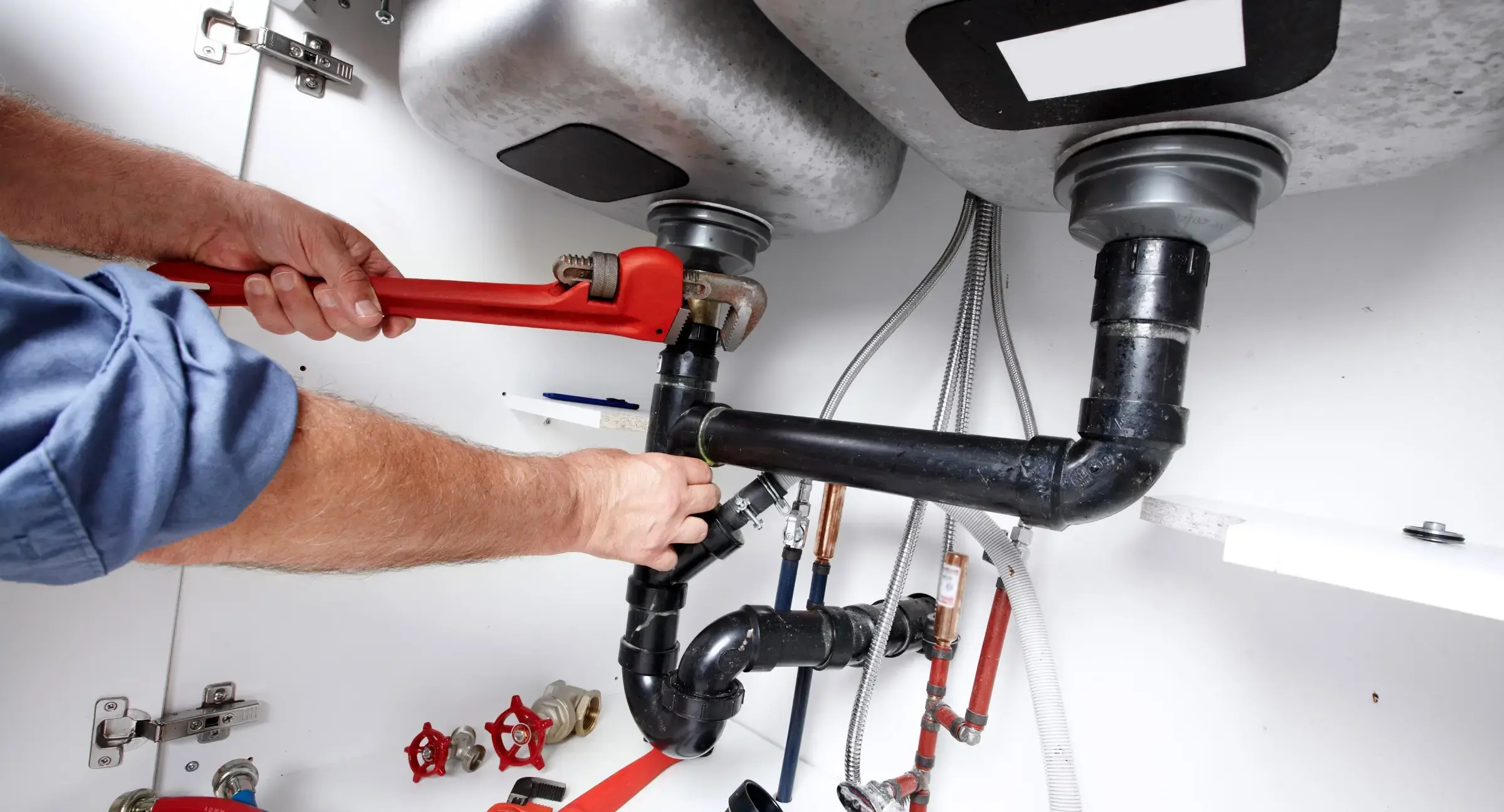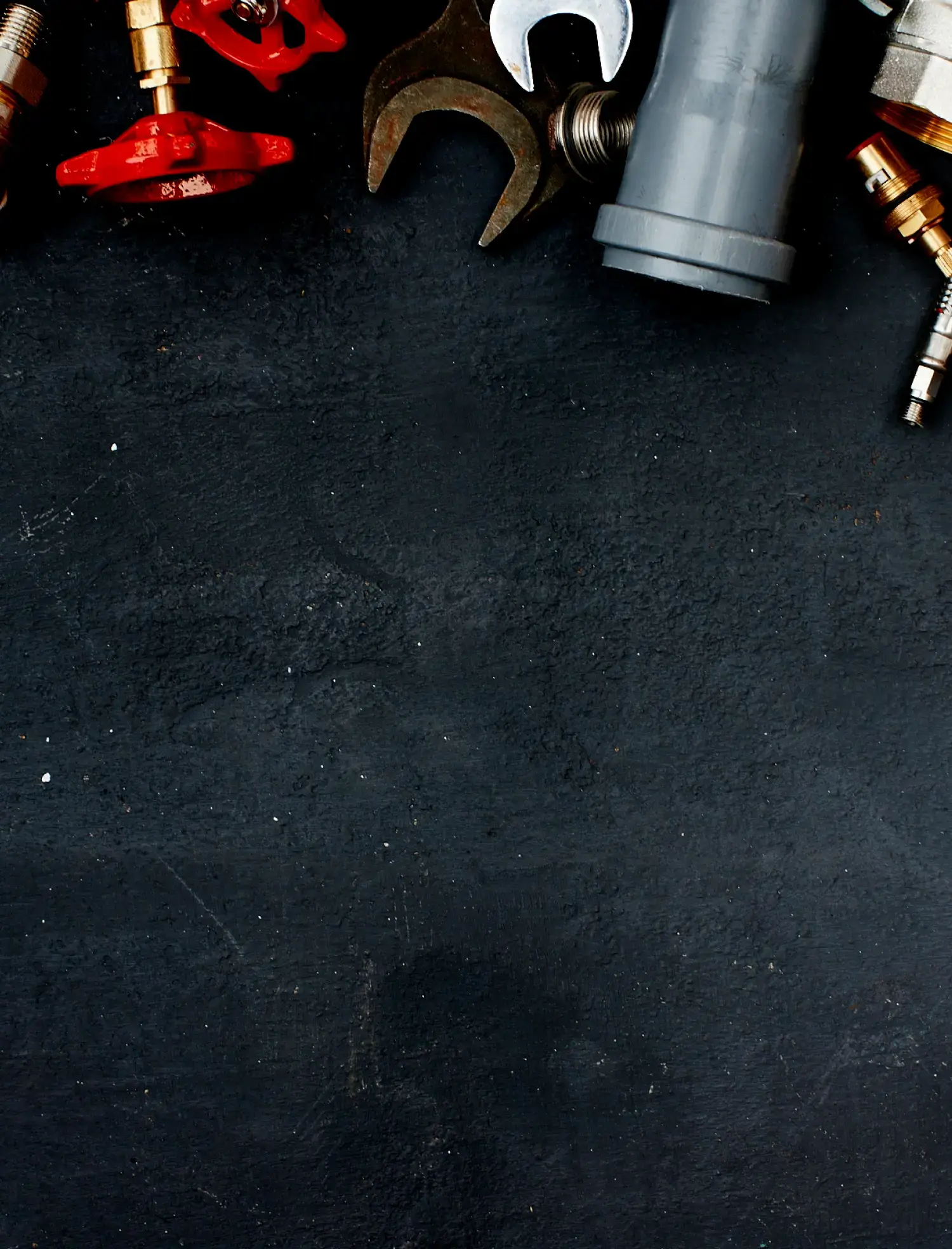Annual Plumbing Maintenance Checklist | Stephens Plumbing
Stephens Plumbing
December 13, 2023

Plumbing disasters, escalating water bills due to leaks, annoying water issues in your home - these are things you don’t need. That’s why making it a point to check your plumbing at least once a year is a great idea. Use our home plumbing inspection checklist as your guide.
Check for Leaks
Water leaks are not only wasteful, but they can cost you money. Even small drips can add up - here’s how many gallons you can lose according to the United States Environmental Protection Agency:
- Faucet: 3,000 gallons per year
- Toilet: Thousands of gallons per year, depending on how bad the leak is
- Showerhead: 500 gallons per year
- Outdoor Irrigation System: 6,300 gallons per month
Here’s where leaks can occur:
- Kitchen (faucet, sprayer, appliances, under sink area)
- Bathroom (toilet, faucet, showerhead, and under sink area)
- Water heater system
- Laundry area (washer and sink)
- Outside spigots and hoses
- Underground irrigation system
Clear Drains
Have you noticed any slow drains in your home? If so, you might have clogs. Here are some steps you can take to clear them:
- Pour a mix of vinegar and baking soda (½ cup each) down the drain and cover it for about an hour. Then, pull the cover off and pour boiling water down the drain (unless you have PVC pipes, which can melt). Only use boiling water if you have metal pipes.
- If your sink’s still draining slowly, check the P-trap or have a plumber come look at it for you.
- Use a drain snake, which you can pick up at any hardware store. Or have a plumber snake it for you.
- For a shower drain, try using a plunger to unclog it (you can use petroleum jelly to help seal). Then run water down it when you’re done.
- If you’re considering using a store-bought drain cleaner, read this first. Drain cleaners contain toxic chemicals that can harm your health and may damage your plumbing system.
Get a Water Pressure Reading
The recommended range for water pressure is typically between 40 and 80 psi (the sweet spot is 60 psi). If it’s too low, you’ll find it annoying. But if it’s too high, you could damage your plumbing system.
To check your water pressure, use a hose bib pressure gauge to get a reading. They’re available at any hardware store or can be purchased online.
Examine Pipes & Plumbing Fixtures
Look for signs of corrosion on pipes and fixtures you can examine. For pipes buried underground, you’ll have to do some digging (or call in the experts to check for you) to see if any corrosion is happening.
If you have galvanized pipes, which are made of steel and coated in zinc, a sign of corrosion can be changes in your water quality or appearance.
Check Your Water Heater
It’s easy to forget about your water heater, except when it goes out on you and you’re facing a cold shower. Regular checks and maintenance are recommended to keep it running smoothly for you. Here’s how to keep it in good working order:
- Periodically (once a year is recommended) flush the water heater system to remove sediment from the bottom
- Check for leaks in the cold water inlet and hot water exit pipes
- Look for signs of rust or corrosion
- Inspect the anode rod
- Check the pressure relief valve to make sure it’s working correctly (to avoid pressure buildup)
- If you have a gas connection, inspect it for loose fittings or leaks. If you notice an issue, it’s best to have a professional take a look.
Inspect Your Toilets
Toilets get a lot of use. Here are some checklist items to ensure they’re working correctly and are not the source of costly water leaks:
- Check the toilet’s base to ensure water isn’t leaking from a faulty wax ring or loose connection.
- Does the toilet flush properly? If not, adjust or replace the flushing mechanism.
- Lift the lid. Do you see rust, cracks, or parts that look like they need to be replaced?
- Does the water run constantly or too long after a flush? Check the flapper valve and replace it if necessary.
- Tighten any loose connections, such as nuts or bolts that connect the toilet to the floor. Wobbling can lead to leaks.
Keep Tabs On Your Septic & Sewer System
When something goes wrong with your septic and sewer system, it’s not pretty and can put you and your family at a health risk. Here are measures you can take to avoid what could be a huge problem:
- Have your septic and sewer system inspected regularly by a professional.
- Tree roots can wreak havoc on sewer lines. Have them snaked regularly if you have trees surrounding your home.
- Drain all your sinks and tubs at the same time. If it takes too long or you start seeing backup, that’s a sign that you have a problem and should call in a professional.
We’re Here if You Need Us
Stephens is here to help if you discover any plumbing issues you need assistance with. Give us a call or schedule an appointment today to receive a free estimate for any work you need done.

Join Our Team
Interested in becoming a part of the Stephens family? Submit your application now for one of our plumbing or HVAC jobs!





